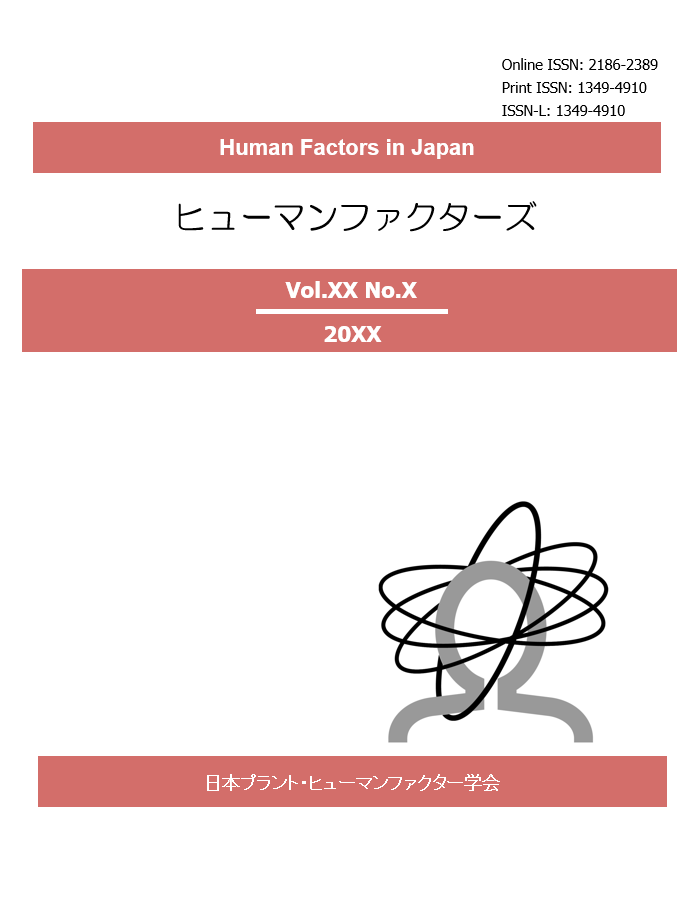Volume 18, Issue 2
Displaying 1-8 of 8 articles from this issue
- |<
- <
- 1
- >
- >|
Contents
Preface
-
2014Volume 18Issue 2 Pages 57
Published: 2014
Released on J-STAGE: June 30, 2014
Download PDF (171K)
Original Paper
-
Article type: Original Paper
2014Volume 18Issue 2 Pages 58-68
Published: 2014
Released on J-STAGE: June 30, 2014
Download PDF (2011K) -
Article type: Original Paper
2014Volume 18Issue 2 Pages 69-77
Published: 2014
Released on J-STAGE: June 30, 2014
Download PDF (587K) -
Article type: Original Paper
2014Volume 18Issue 2 Pages 78-88
Published: 2014
Released on J-STAGE: June 30, 2014
Download PDF (969K) -
Article type: Original Paper
2014Volume 18Issue 2 Pages 89-99
Published: 2014
Released on J-STAGE: June 30, 2014
Download PDF (932K) -
Article type: Original Paper
2014Volume 18Issue 2 Pages 100-107
Published: 2014
Released on J-STAGE: June 30, 2014
Download PDF (2149K) -
Article type: Original Paper
2014Volume 18Issue 2 Pages 108-128
Published: 2014
Released on J-STAGE: June 30, 2014
Download PDF (721K)
Editor's Note
-
2014Volume 18Issue 2 Pages 130
Published: 2014
Released on J-STAGE: June 30, 2014
Download PDF (229K)
- |<
- <
- 1
- >
- >|
